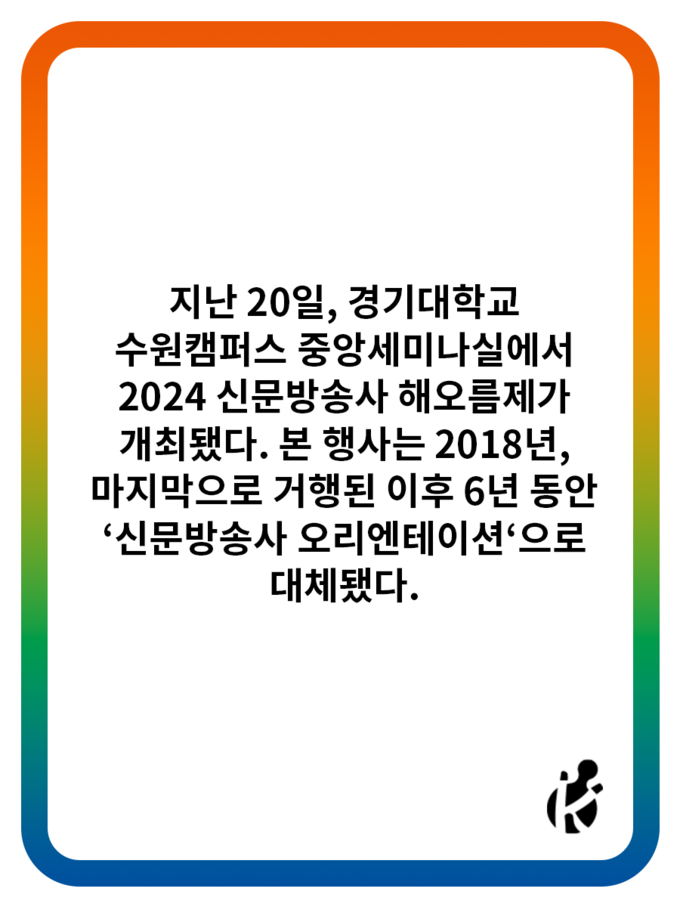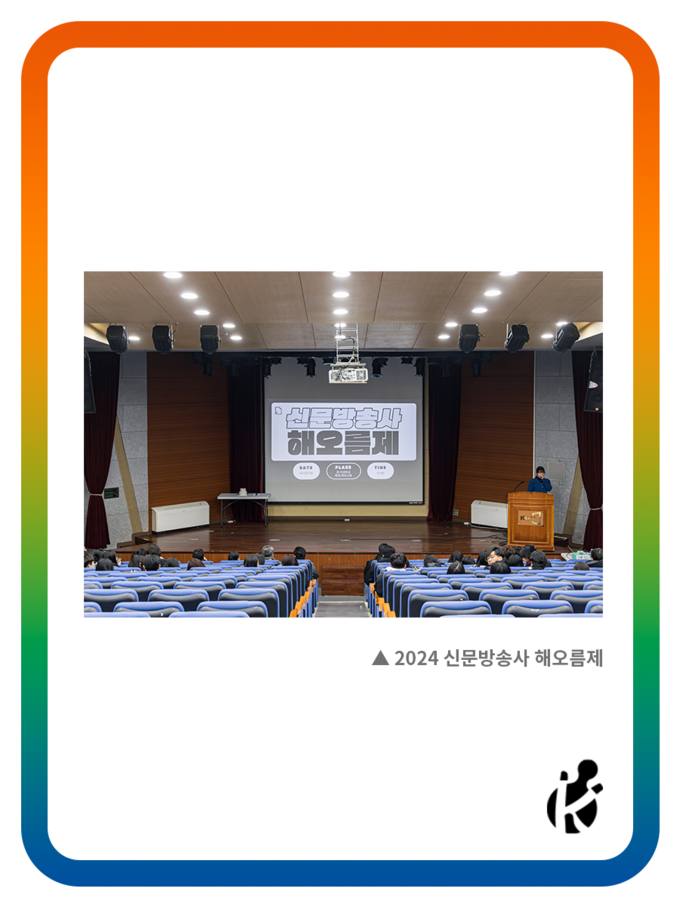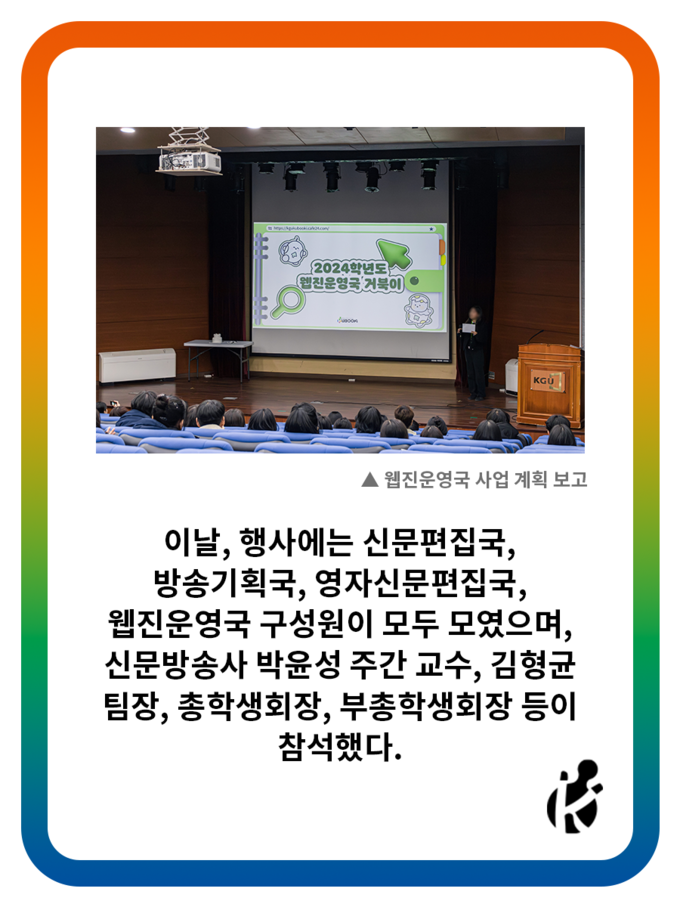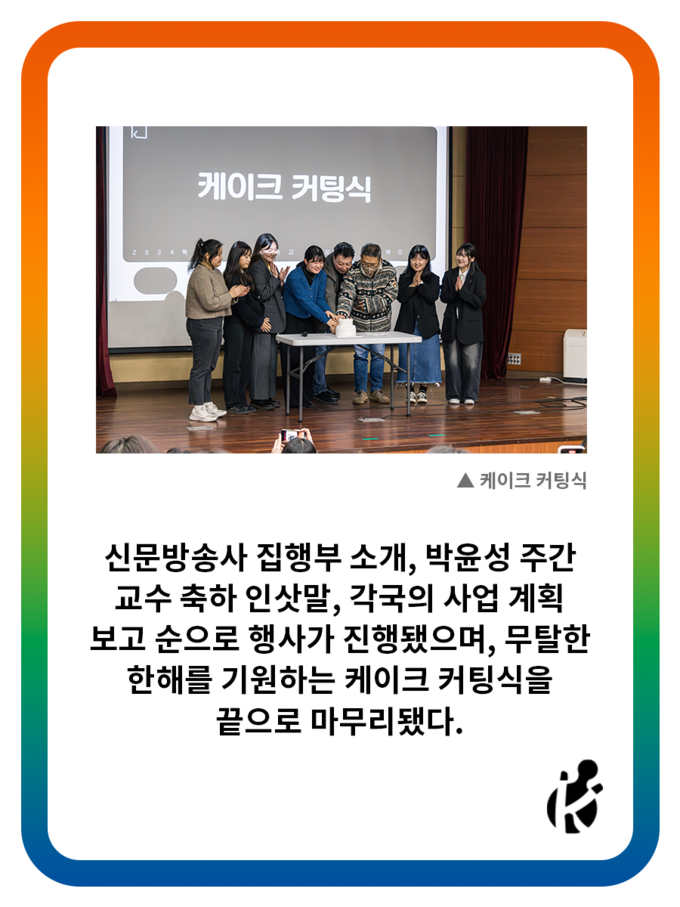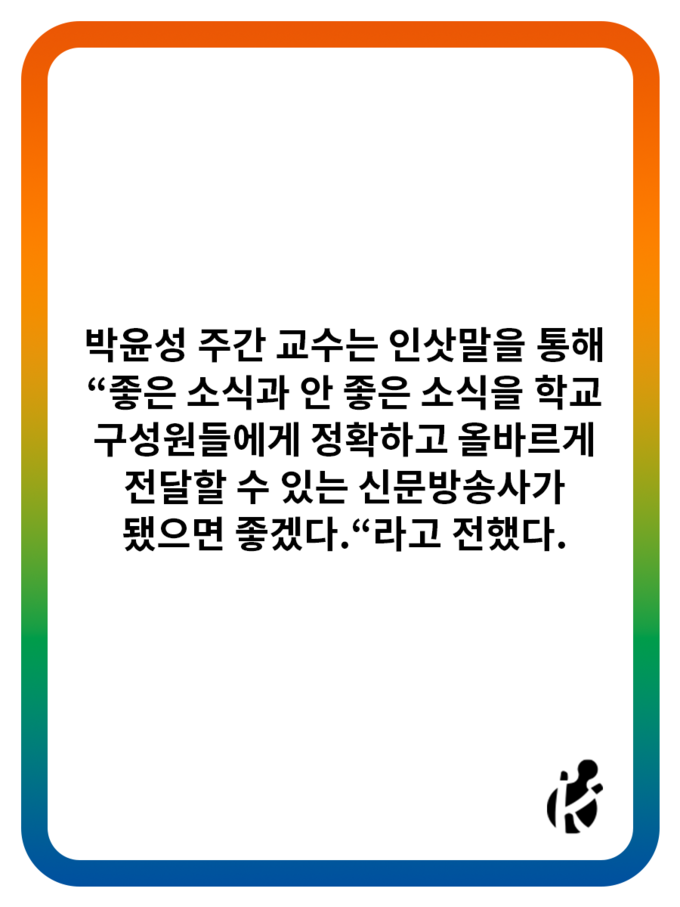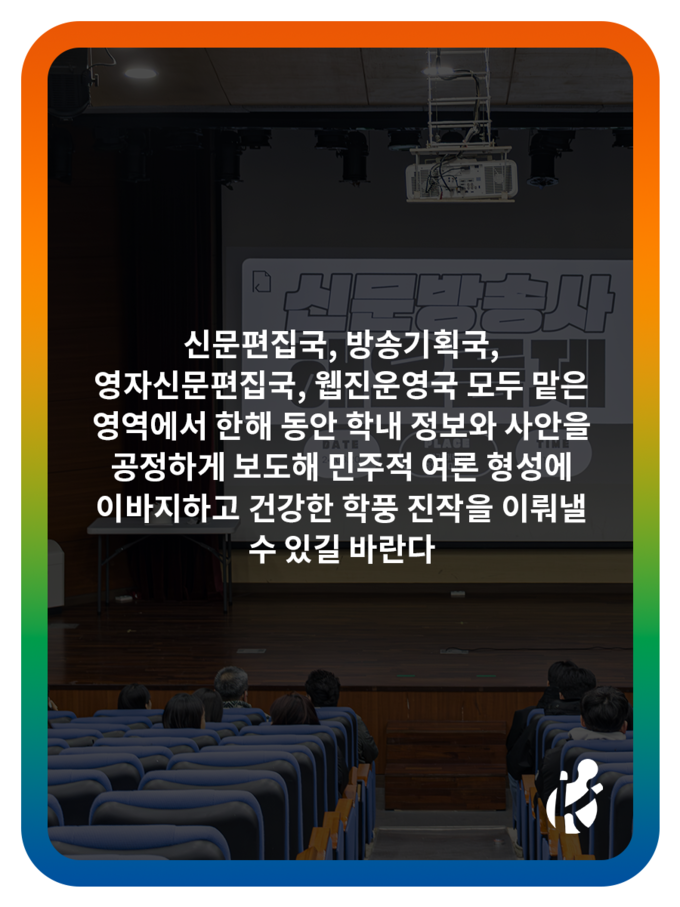Persona, meaning mask in Greek, highlights the variability of identity, as when a person wears many different masks. Multi-persona similarly refers to revealing different identities depending on different situations and social media. For example, modern people show the characteristics of various identities, such as the different character aspects shown at work and after work, and aspects revealed in daily life and when engaged in their favorite activities. In this article, the Pharos will explain what multipersona is, why it appears in a society that wants talented people with a variety of abilities, and what psychology underpins it. In addition, to help you understand, we will give examples of everyday multi-persona phenomena.
Persona may be a difficult concept, but if people changed the term to a question for clarity, it would be “Who am I?” “Who am I?” is a question that many myths and religions in different cultures share. Humans have always been confused by identity, but the phenomenon has intensified in modern times. In the past, human identity was formed around bloodlines and occupations. People would define a person by asking for a surname, an indication of bloodline, or an occupation. As people entered modern times, society became more individualized and many media emerged. Also, the foundation of identity was shaken as the meaning of bloodline faded and the number of people working either fall time or temporarily in the same field of work increased rapidly. With the advent of the modern era, in which one person can become multiple people, various selfidentities came to be expressed, and the term multi-persona, a phenomenon in which individuals transform themselves into different people according to the situation, was coined. The multi-persona phenonmenon is an indicator of recent social changes in this respect.
Where can you observe examples of multi-personas? First, you can see some of these images online. For instance, in an online game, users create account nicknames or choose different gender game characters. Game users set up another name to introduce themselves in a special way, to make the game more fun, or choose characters with different sexes to match characters’ roles. Through these characters in the online space, users are able to have flexible egos that are not defined by factors such as gender, age, or class. Like these online spaces, people today express themselves by dividing their personas into those of main characters and secondary characters.
You can also find this situation in social media, Beyond the online game space, the era of expressing and communicating oneself through social media platforms has come. In the past, people used to make relationships in their daily lives, but now they create relationships on social media, not in their daily lives. In particular, it is the main and secondary accounts that make people feel that social media is a space in which they can form a new identity. While having a main account that keeps his or her daily life or conventional story intact, a secondary account with interests such as pets, food, and study activities is often created. You can usually see professional accounts such as those for celebrity fans, the study of handwriting certification, cafe introductions, or accounts dealing with interests such as flower crafts and earrings. Those with more than one Instagram account show a tendency to have a so-called Rinsta (real Instagram account) and a Finsta (fake Instagram account). A Rinsta is used to show an idealistic and refined look, and a Finsta is used to show a true and natural look. Like a Finsta, the secondary accounts tend to contain honest stories about worries and unusual hobbies that can’t be shared with just anyone. That’s why people react with more empathy and interest in secondary accounts.
For students who have not yet understood the concept of multi-persona, the Pharos has prepared some questions that they may be curious about.
< I’m curious about multi-personas! (Q&A ver.) >
Q. Is it natural for one person to show various aspects or identities?
A. Just as it's hard to define a person in one word, people have many aspects. According to the theory of social identity, social identity consists of self-awareness and emotional aspects within members of society, and there are other aspects that can lead to evaluation within members. It can be seen as an identity that can feel emotional affiliation, an identity that evaluates one's value, and an identity that can recognize oneself in society. The effects of identity include the influence of social norms, the pressure of other people's reactions, comparative deprivation, the distance between people in relationships, and emotional factors.
Q. Is multi-persona a different concept from multiple self?
A. According to the National Institute of the Korean Language, multi-persona is defined as a multiple self in the revised language. In the past, a person with multiple-self syndrome used to be regarded as defective. It was considered to be a feature of criminals while double personalities were thought to be a kind of personality disorder. However, now the multiple-self person has become attraction like a pitta, and the person is considered to be able to adapt to situations properly in a society where changes occur frequently. The National Institute of the Korean Language has established that a persona is an independent personality entity with wisdom and free will.
Q. I heard that multi-persona deals with aspects of analytical psychology. Is that true?
A. Carl Jung studied analytical psychology and mentioned persona, which is related to multi-persona in this field. Jung defined persona as a kind of compromise between individuals and social groups in order to show oneself in a particular way or increase acceptance into society, and it is related to how individuals appear. Persona’s role in personality can be beneficial or harmful. If the self is rather obsessed with a persona, other aspects of the person’s personality will be pushed aside and the person might become alienated from his or her own nature. This can lead to conflict between an overdeveloped persona and underdeveloped personality, characteristics and this causes tension. The space that reflects persona is said to be a space with a mask and an exterior with a different image from the interior of the building. The relationship between the persona and the self is a self < persona < external world relationship* and serves to harmonize the individual with the outside </span>world or to represent the existence of space.
* Self is a subset of persona, while persona is a subset of the external world.
Q. Can we consider the anonymity of the school community that we see around us, the difference between the attitude of taking classes and the attitude of working on group projects as a multi-persona phenomenon?
A. Such examples can be seen as a multi-persona phenomenon. In addition, to look at examples of multi-persona in real life, if you need to simply eat a meal, you can eat low-priced, high-performance pasta, but if you want to have a great time with someone precious, you can eat pasta at a high-class restaurant. In these cases, consumption is dependent on persona. Also, you can see this phenomenon when you have a hobby away from school or work, and in activities that use emoji characters in messenger applications such as KakaoTalk and Line, which contribute to your identity by creating solidarity with aspects of your self.
Having so many different features are a part of “oneself,” means it should be regarded as plural, not singular, and that it may be necessary to adapt to different situations. On the one hand, the multi-persona phenomenon suggests that human pluralism has diversified, but on the contrary, it can also be interpreted as meaning that human identity has become uncertain. Therefore, society should have a flexible attitude toward the situation and identity, and most of all, it is important for us not to lose our own identity in other situations. Rather than trying to change your appearance according to the people around you and the situation, you need to find out what “being oneself” is or who you really are. The Pharos she doesn't want students to lose their own philosophy in society.
Planning Editor • KIM JIN • coo0714@naver.com
 What Happened in KGU? : 수원캠퍼스 학생총회 편
On April 4th, a general meeting of students was held in the Tele-convention center at the Suwon campus. The contents were the same as the general meeting of students in the Seoul campus: the first part was for agenda announcement, the second part was about the Membership Training for whole university, and the third part was simple Q&A time. In the first part, the agendas were all the same as the ones for the Seoul campus, and the result of the ...
What Happened in KGU? : 수원캠퍼스 학생총회 편
On April 4th, a general meeting of students was held in the Tele-convention center at the Suwon campus. The contents were the same as the general meeting of students in the Seoul campus: the first part was for agenda announcement, the second part was about the Membership Training for whole university, and the third part was simple Q&A time. In the first part, the agendas were all the same as the ones for the Seoul campus, and the result of the ...

 [타 대학보 축사] 늘 그랬듯, 묵묵히
[타 대학보 축사] 늘 그랬듯, 묵묵히
 [와이파이] 큰 박스에 달랑 물건 하나, 과대포장 규제 정책 시행은 언제쯤
[와이파이] 큰 박스에 달랑 물건 하나, 과대포장 규제 정책 시행은 언제쯤
 [문화산책] 이 세계는 멋져 보이지만 모두 환상이야
[문화산책] 이 세계는 멋져 보이지만 모두 환상이야
 [네컷만화] 학생총회
[네컷만화] 학생총회

 목록
목록








